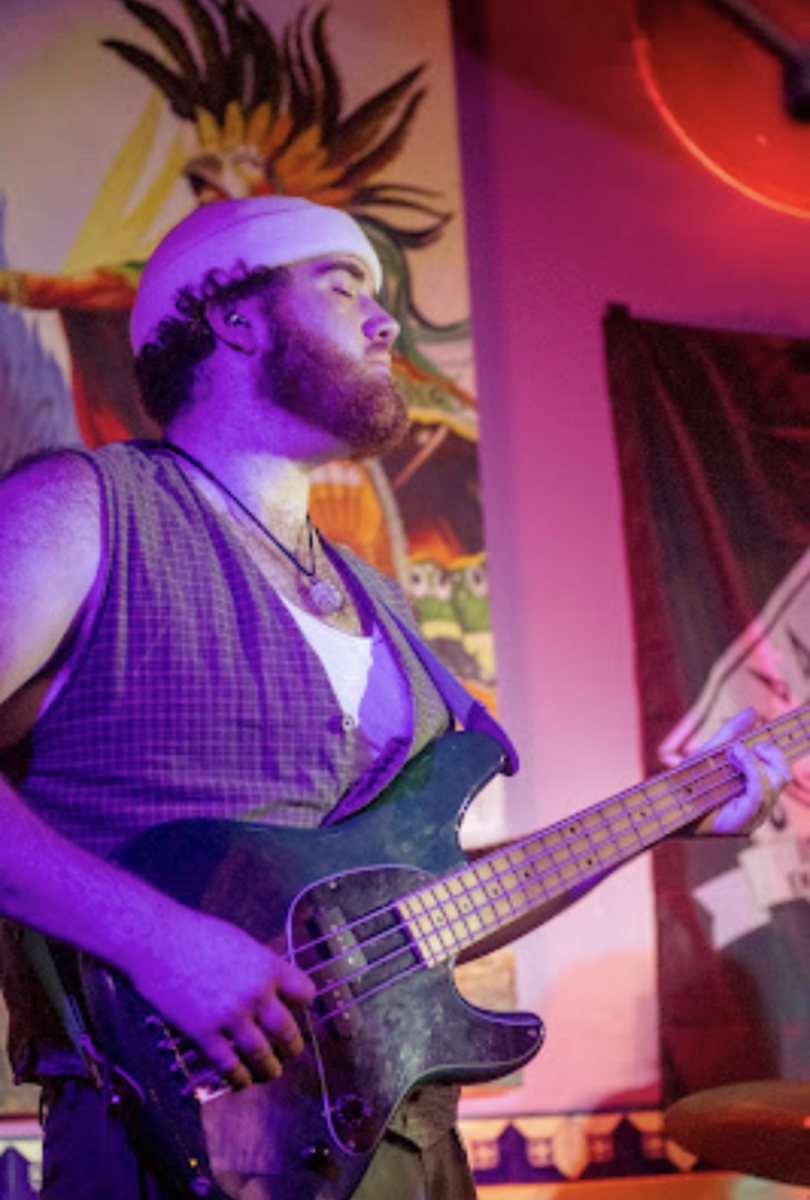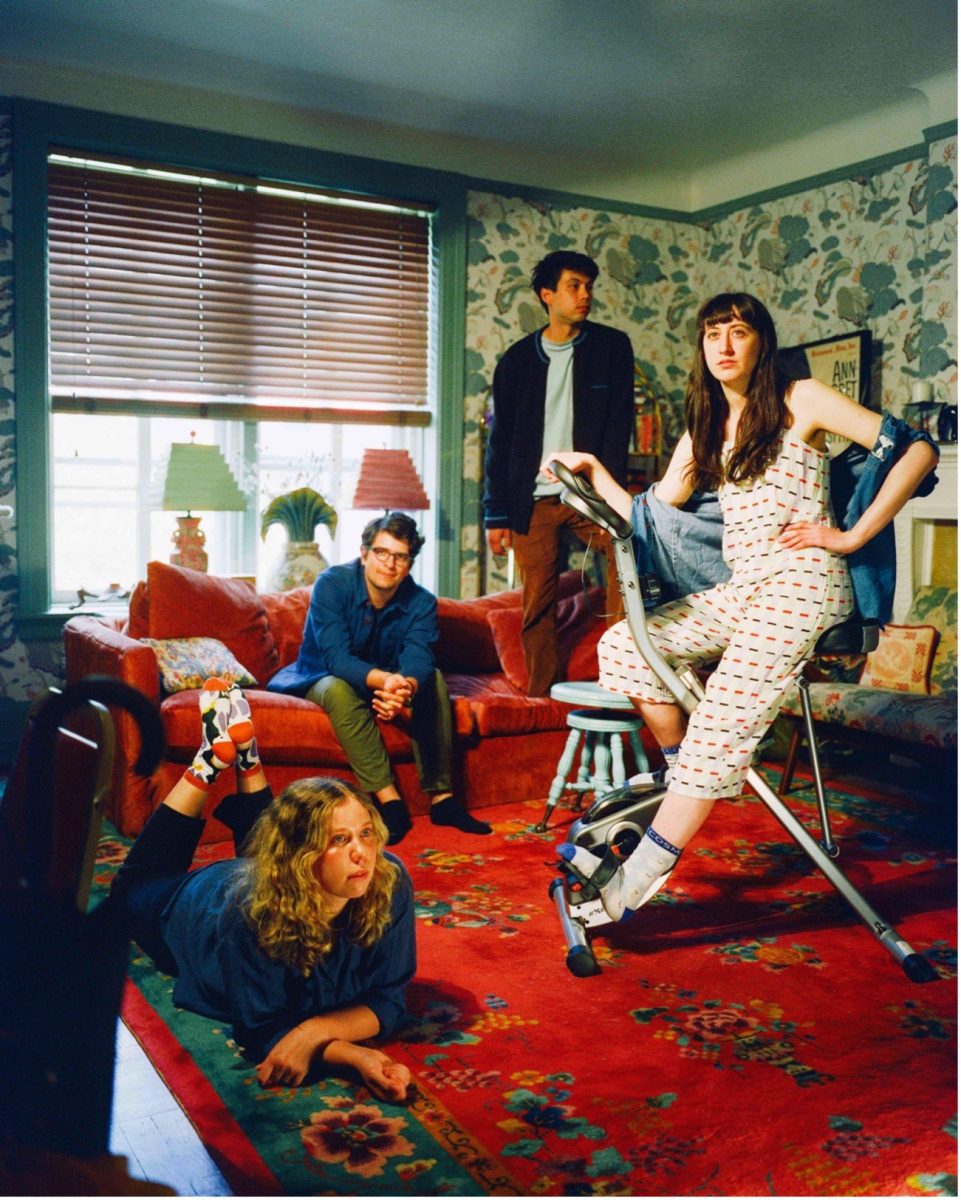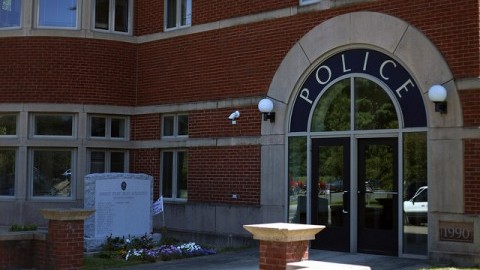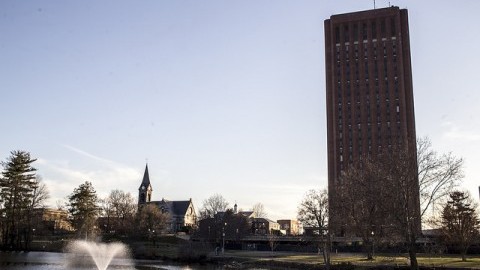
I’m pretty sure spring has a touch, and when I woke up one day last week, I found its finger prints in the dust on the window sills. The peace of it all reminded me of a RadioLab podcast that came out this past week.
RadioLab is a biweekly WNYC radio show that is all about life and its substance, thought, being and existence in all of its beauty. This last podcast that I refer to came out on March 5, and it is about something as gentle and peaceful seeming as the beautiful weather of the past few days.
It is about coccolithophores.
Cocco-what? Yeah. Coccolithophores. These little guys are phytoplankton that are “tiny, little translucent,”slightly green-colored balls with tiny circular caulk-like armor plates that surround them that have been occupying seawater (about 100,000 little dudes per teaspoon o
f seawater to be exact) long before Wall Street was even on the table.
And they look peaceful, right?
Guess again. These guys are under attack daily by sharp studded viruses that lodge themselves into the single-celled coccolithophores and take over, using them as a means to produce more viruses. But these guys are fighters. When coccolithophores get attacked, they often set out a plume of chemicals that alert other coccolithophores of the terror of virus that is coming. Because of this plume, the other coccolithophores turn their white shield discs into scaly plates that can’t be penetrated. (They don’t use the scales all the time because it makes it harder to function, but they use these scales when they need to be protected). Sometimes, the coccolithophores will try to shut themselves down so the virus cannot use it to the fullest extent, but the viruses are evolving too, and sometimes make this impossible.
I am sure you are wandering why is this important. Well, when coccolithophores die, they shed their chalky disks, and the resulting white clouds, as more and more coccolithophores in an area die, can be seen from SPACE.
Read that sucker again. Satellites can see white plumes at anytime of the day in some part of the ocean. And the white little clouds of dust settle and compile and have made geological structures.

The famous White Cliffs of Dover in the UK? Coccolithophores.
Also, as phytoplankton die and more grow in the empty space left by the dead, they gulp up carbon dioxide and spit out oxygen. That oxygen that they spew makes up for half of the oxygen we use everyday.
Coccolithophores are where it’s at. These little warriors may seem peaceful, but they are tough cookies.
And, that’s the scoop, on the radio and straight off the street.
The information presented comes from the RadioLab podcast “A War We Need”, reported by Ari Daniel Sharpio from an interview with Bigelow University’s Willie Wilson, and can be found at the link below. I’d recommend checking it out, it really is worthwhile.
http://www.radiolab.org/blogs/radiolab-blog/2012/mar/05/war-we-need/
Kayla Silvey can be reached for comment at [email protected].










